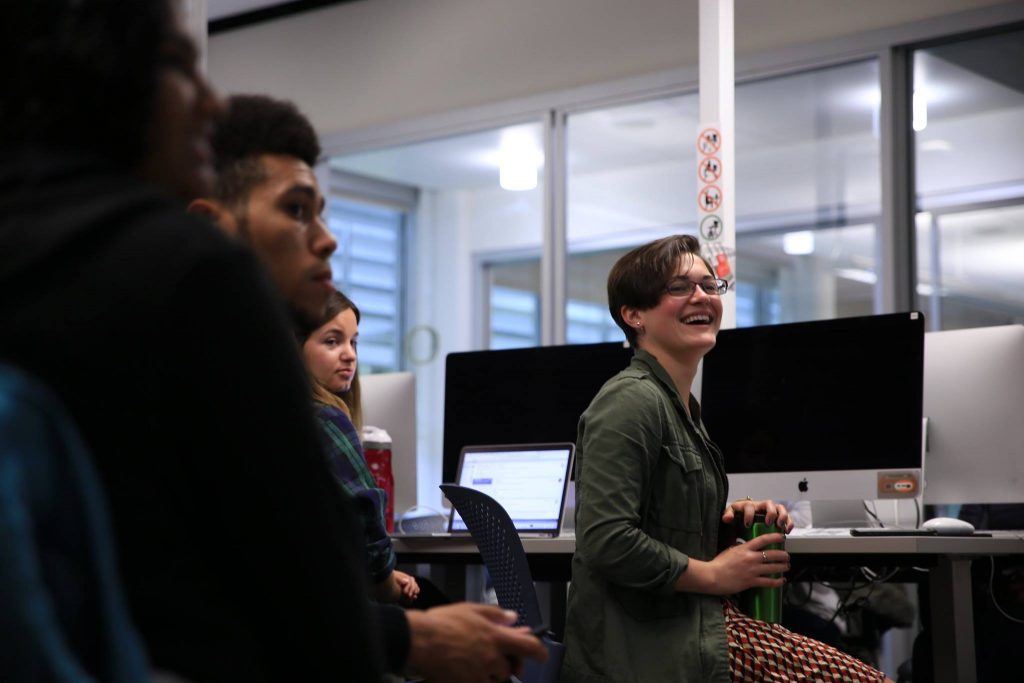Organizing and Writing Solutions Stories

At its heart, solutions journalism is just good journalism. That said, solutions stories are often structured a little differently. Here are some key concepts to keep in mind, and check out this page in our Basic Toolkit for more on solutions journalism models you can emulate.
- The tension in a solution story is often the 'How.' That’s different than the tension in traditional stories. How did this person/institution/place manage to accomplish something that others haven’t? How did they go from problem to response? What did they do differently? Even when the reader knows the outcome, she’ll keep going with the story to solve the “Howdunnit.”
- Virtually all solutions stories contain some description of the problem. They can come in any order. Which one to lead with depends on which is fresher and which anecdote best conveys the story’s point and hooks the reader.
- One common structure for a solutions story is chronological. The story takes characters from realizing there’s a problem, through building the response.
- All solutions stories have characters. They show the characters doing the work. But they are used a bit differently than in traditional stories. Traditionally, characters often provide quotes about their aspirations or beliefs. Over-reliance on these can sound like fluff or advocacy. In addition to getting quotes, a solutions story will often show a character in action: starting out with a new idea, confronting opposition, failing, succeeding.
IN-CLASS LECTURE AND DISCUSSION
- Interviewing for solutions journalism — emphasizing the “how”
- How do you create tension when the headline has given away the outcome?
- Different possible structures for solutions journalism stories
IN-CLASS EXERCISE
- Pair up and have students interview each other. Each pair of students chooses an issue and each one imagines they are directing a response. Take turns interviewing each other to get material for a “howdunnit” solutions story.
- Take a response to a problem and outline a solutions story using three different structures (such as positive deviant, apples to apples, big new idea, location transformation, ongoing program).
HOMEWORK ASSIGNMENTS
- Write a solutions story based on the in-class interviewing exercise.
- Read several solutions stories with different structures and analyze how each structure works. What other issues or stories might work with that structure?
- Students write a “howdunnit” about a time when they achieved something difficult.
EXAMPLES OF DIFFERENT LEDES INTEGRATING PROBLEMS AND SOLUTIONS

This compelling lede kicks off a solutions-focused series in suburban Chicago’s Daily Herald about the stress experienced by parents of disabled children. It’s a hidden crisis, so writer Marie Wilson chose to lead with a dramatic example of the problem. Lindsay Anderson of the El Paso Times chose to start with a solutions lede for this article about how Brownsville, Texas, has become a national model for fighting obesity. Brownsville’s obesity is old news, but its responses are fresh. This piece from the New York Times' Upshot section shows both together: Someone is in the midst of a very common health problem, which is being dealt with by the response. And here’s a radio story from NPR that doesn’t start with an anecdote. Instead, it states the problem and shows the beginnings of a response.
